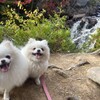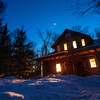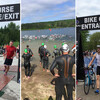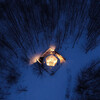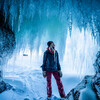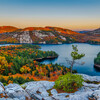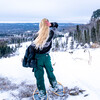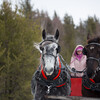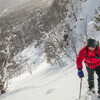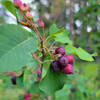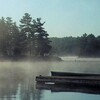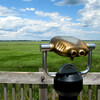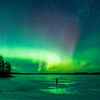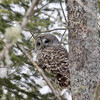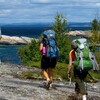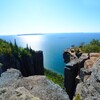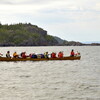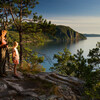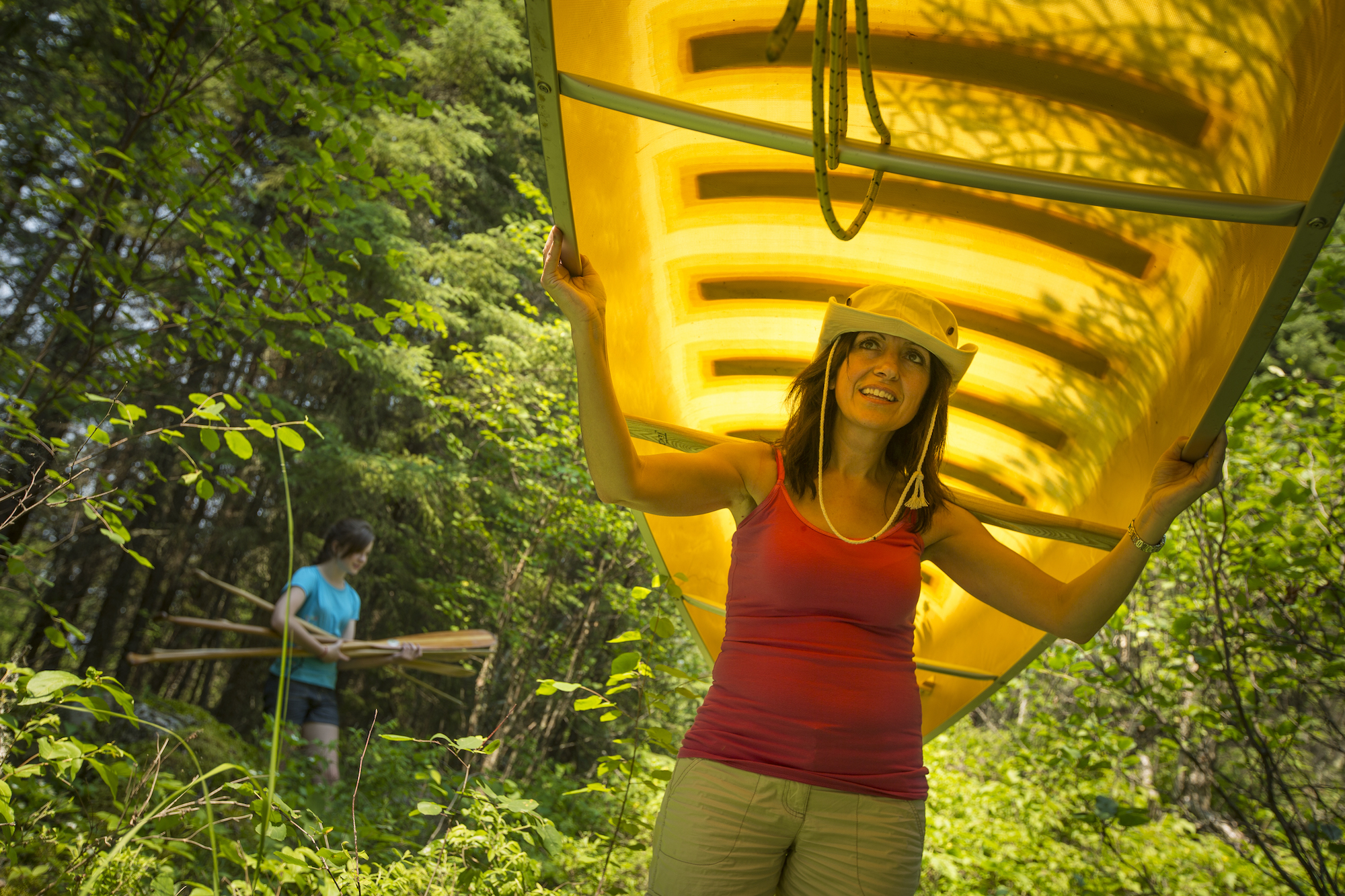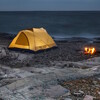
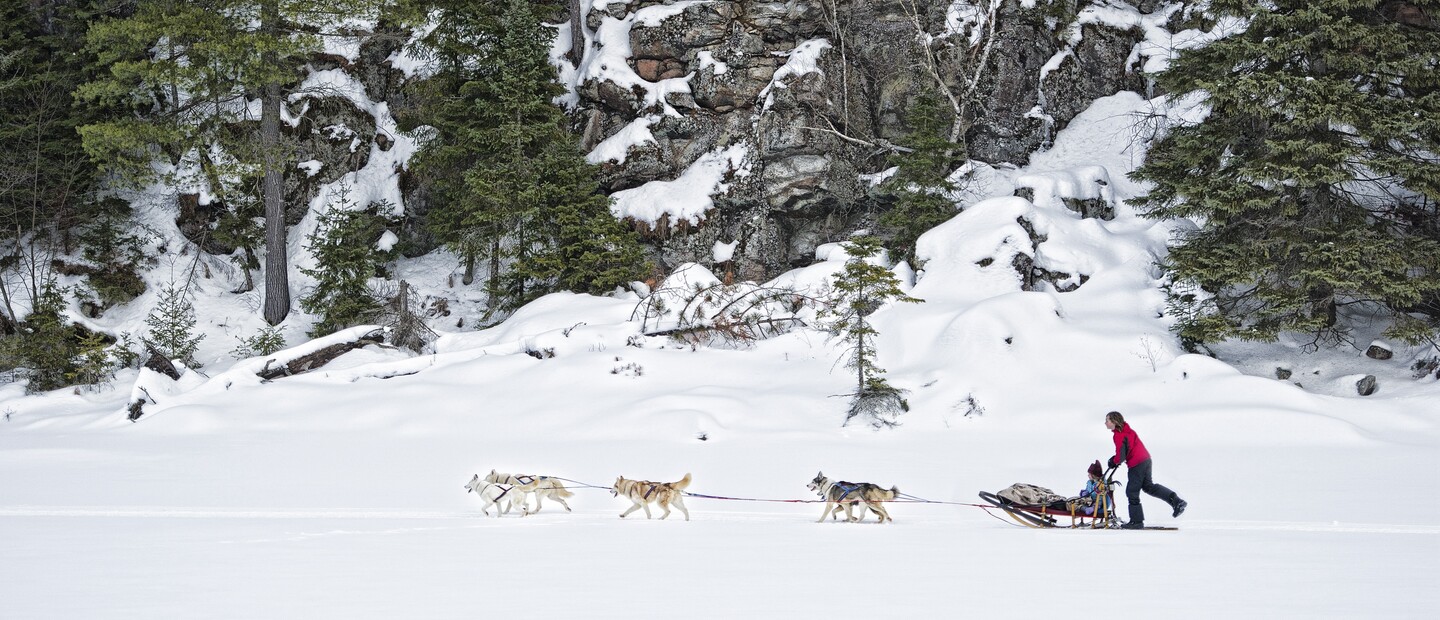
11 Things You Didn’t Know About Dogsledding
There’s an enduring appeal of harnessing canine power to journey through the snowy woods, which inevitably creates deep bonds between humans and dogs. Even the most basic, 2-hour dogsled tour in Ontario will capture your imagination as you discover a historic pursuit and make special connections with inspiring, hard-working dogs. Dogsledding is an age-old tradition that has stood the test of time, with a unique magic that sometimes changes lives.
Tanya McCready and her husband, Hank DeBruin, fell in love with a Siberian husky puppy in 1993. The newlywed couple were starting careers in engineering and trades in Guelph, Ont., and had no intentions of getting a dog—let alone taking up dogsledding. They added a second husky and then two more—enough to assemble a small team capable of pulling a sled. “Who knew that one decision would change the entire trajectory of our lives!” says McCready.
McCready and DeBruin were captivated by Alaska’s 1,600-km Iditarod Trail Sled Dog Race and lured by the movie Iron Will. Their newfound passion led them to relocate from Guelph to Haliburton and start their own dogsled tour company, Winterdance, 25 years ago. Soon enough, DeBruin and a team of Siberian huskies ran his first of two Iditarods (he’s also raced the 1,600-km Yukon Quest four times). Winterdance expanded by purchasing 2,000 acres of forest on the southern edge of Algonquin Provincial Park, where the family-run business maintains 60 km of dogsledding trails and a vibrant maple syrup operation.
Today, Winterdance cares for 130 sled dogs and offers guided tours from December through March, ranging from two hours to full day, as well as full moon tours and corporate programs. We caught up with McCready to learn more about the finer details of dogsledding.
Origin Stories
Indigenous people, including the Inuit of Canada’s far north, used dogs and sleds to get around snowy landscapes long before the European settlers arrived in what’s now known as Canada. Dogsledding was adopted by fur trading coureurs de bois and later became an important mode of transport for the Royal Canadian Mounted Police and Ontario Provincial Police. Mail was delivered by dogsled to remote communities well into the 1900s, McCready says. Snowmobiles replaced dogsledding over time—yet the activity persists through the passion of people like McCready and DeBruin who love dogs and winter.
Dogs That Love to Pull and Run
“We have Siberian huskies, we fell in love with the breed years ago,” says McCready. “Any northern breed from Malamutes, Samoyeds, and Inuit Dogs are great sled dogs, all with different strengths. The most common sled dogs now are a mixed breed called Alaskan huskies. But many other breeds can be sled dogs too. We’ve seen border collies, German shepherds and even toy poodles, to name a few.”
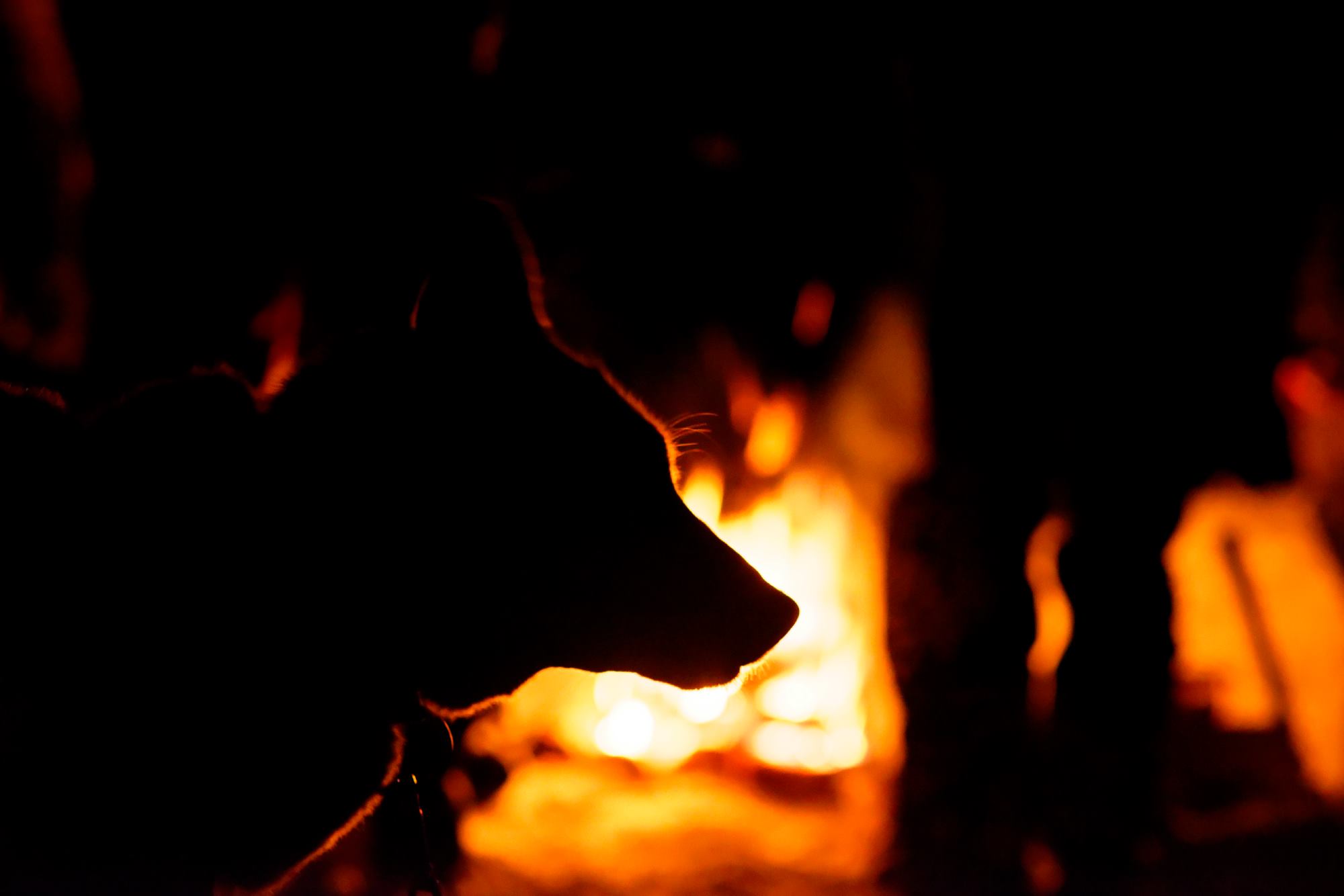
Hike Means Go
Dogsledders are called mushers, from the French word, “marché” (to go). But outside of Hollywood, no one uses the command “mush!” to urge their dogs to pull, McCready says. “We use ‘hike’ for go, ‘gee’ for right, ‘haw’ for left, and ‘whoa’ to slow down, but you also need the brake on the sled to stop.”
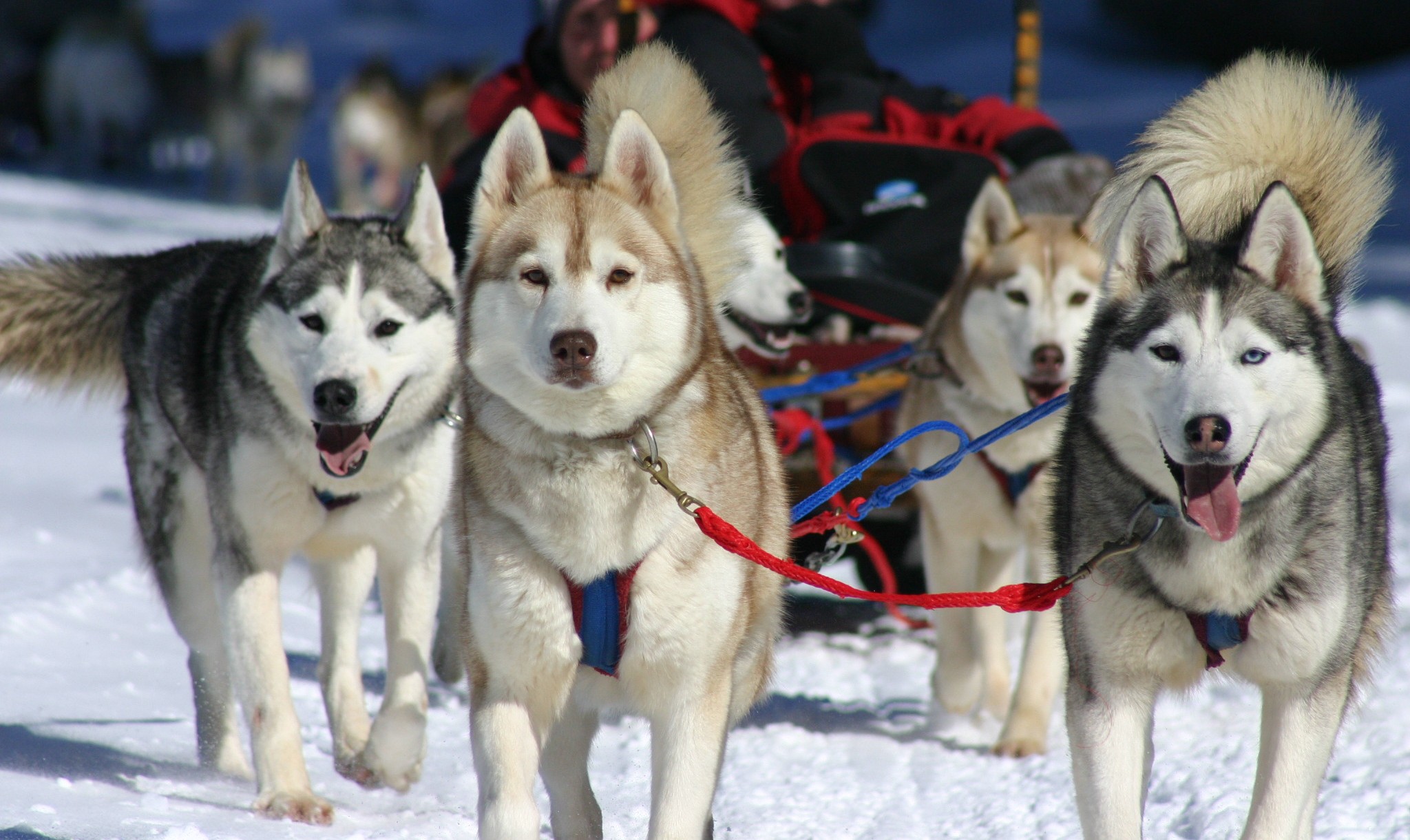
Cruising Speeds
On a Winterdance tour, McCready’s dogs pull guests at speeds of 8 to 10 km/hr. In a long-distance race, such as the Yukon Quest, dog teams in peak condition average about 15 km/hr, depending on snow and weather conditions.
You Don’t Have to Travel to the Yukon or Alaska for Dogsled Racing
Each February, the small central Ontario town of Kearney, just north of Huntsville on the doorstep of Algonquin Provincial Park, hosts a weekend of dogsled races, with a variety of classes and spectator-friendly distances of 4 to 15 km—and plenty of opportunity to meet the dogs and experience the excitement.
Positions on the Team
Leaders are selected for their desire “to see what’s around the corner,” McCready explains. “They are like people in their leadership qualities, and they’re generally the smartest dogs. ‘Point’ or ‘team’ dogs come next, made up of younger dogs or leaders who are taking a break from their responsibilities. Larger, stronger ‘wheel’ dogs are positioned right in front of the sled. Regardless of their position,” adds McCready, “the dogs all love to work together as a team.”
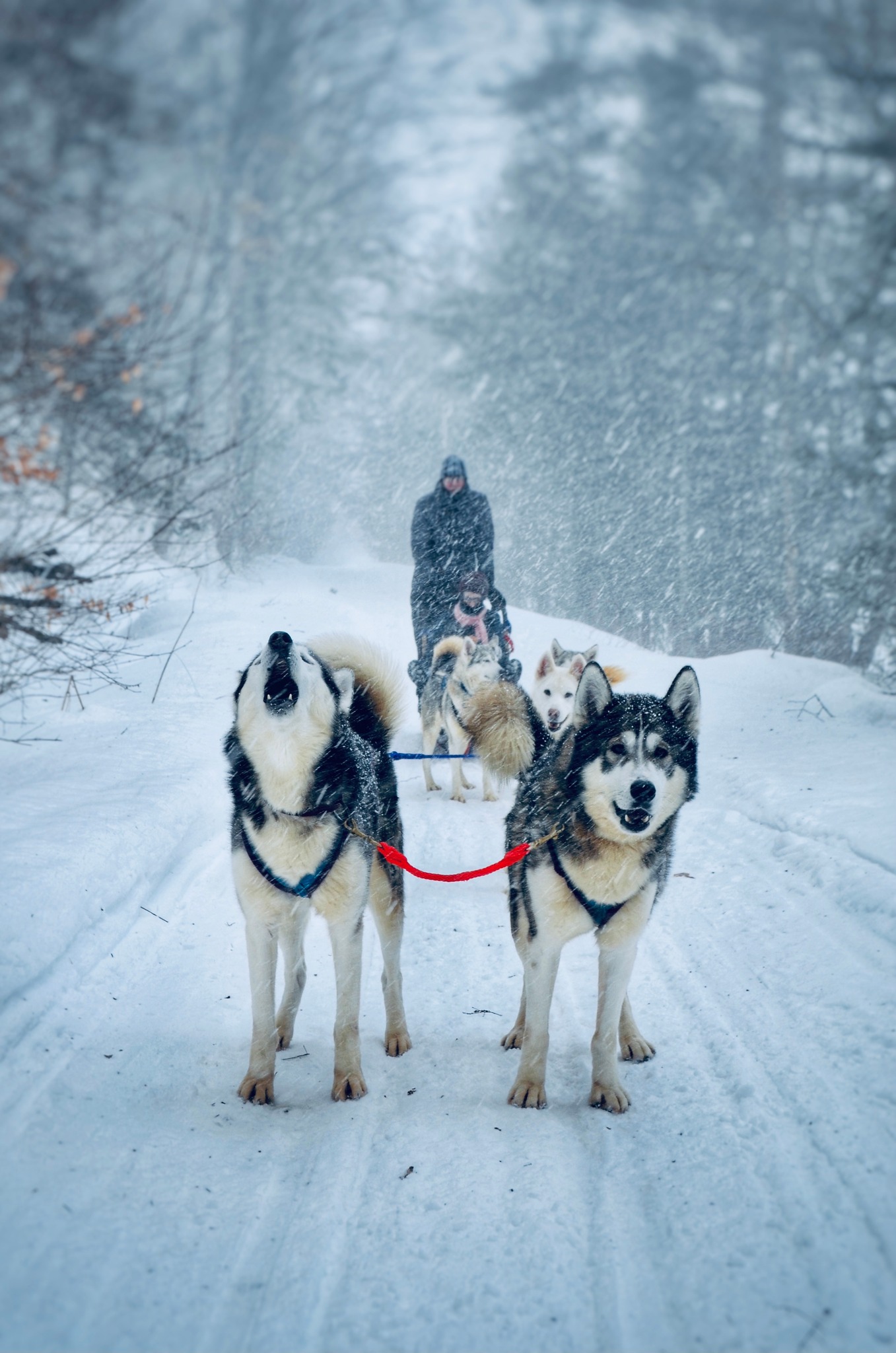
Training and Fitness
Canine athletes require a carefully planned training regime to prepare for winter. “We start training in late October and early November before snow is on the ground so the dogs gradually get back into shape,” McCready says. “We use an all-terrain vehicle with the engine running so the dogs are basically trotting and running along without pulling. This also helps to keep them all at a constant speed.”
Fuel For Working Dogs
Sled dogs require plenty of calories to perform—up to 10,000 calories per day for Iditarod racers. For Winterdance dogs, that means up to 4 cups of kibble that’s high in protein and fat, as well as liquids to stay hydrated.
The Offseason
Keeping cool is the main priority of most sled dogs in the summer. Winterdance dogs live in a 5,000-square-foot indoor kennel with a wind tunnel for cooling and air conditioning for older dogs, McCready says. “They are just like other dogs in the summer,” she notes. “They play in their dog parks…running, tag and digging. On hot days no one wants to go outside. They just want to sleep by the fans, and we imagine they’re dreaming of winter.”
A Dog’s Life
All Winterdance dogs live indoors “and they are all special and treasured” members of the family, says McCready. “They have music all day in the kennel, along with a grooming room and kitchen for the dogs. They eat the best food we can find for them and have regular vet care. They have 2 acres of fenced dog parks that they all go out and play in every day with their friends and siblings. Our dogs are with us for life whether they are born here, adopted or rescued. We do not sell or adopt out any of our dogs. They decide when they want to retire, but often it is us slowing them down as they need to physically but they still love to run and want to go.”
You Can Go Dogsledding in Ontario
Winterdance in Haliburton is one of several companies that offer dogsled tours in Ontario. Check out North Ridge Ranch for beginner dogsledding in Muskoka; you can try dogsledding at Voyageur Quest’s log cabin on the west side of Algonquin Provincial Park; and Borealis Sled Dog Adventures offers day tours and overnight wilderness trips in northwestern Ontario, near Vermillion Falls.
Recommended Articles
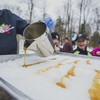
Sweet Getaways: Maple Syrup Adventures
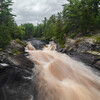
Hidden Gem: Chutes Provincial Park
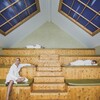
Explore and Relax: Ontario Spas for Outdoor Lovers
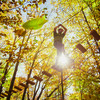
Treetop Trekking
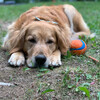
Dog-Friendly Campgrounds in Ontario
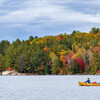
25 Adventurous Fall Activities in Ontario
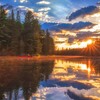
classic algonquin

Adventure Films
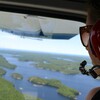
Want a magical day?
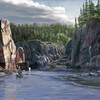
How wilderness art can enrich your life
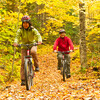
THANKSGIVING WEEKEND
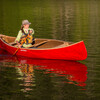
Going solo?

Top 10 parks Canada Adventures
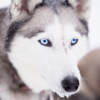
Heart, spirit and passion
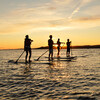
get on board
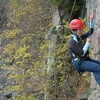
Looking for a rush?
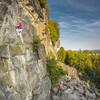
Want to get high?
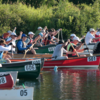
want a Challenge?
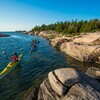
Kayak Georgian Bay
